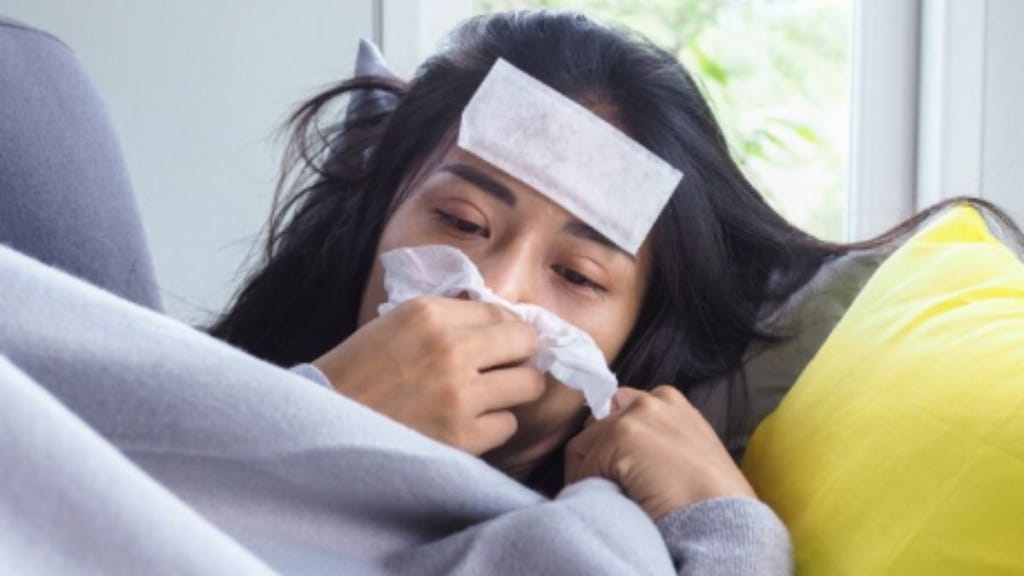As monsoon rains sweep across India, they bring with them not just cooler weather but a spike in seasonal illnesses. During this time, mosquitoes get the perfect weather to breed which increases vector-borne diseases. From dengue to typhoid, many infections peak during this time, and they often begin with one common symptom: fever. But that’s exactly what makes them so hard to diagnose.
“During the monsoon, persistent fever can be a sign of many overlapping infections, which is why it’s often misdiagnosed or mismanaged,” says Dr. Suranjit Chatterjee, Senior Consultant, Internal Medicine, Indraprastha Apollo Hospitals. “A fever lasting more than three days should not be ignored; it may point to something more serious than a simple viral infection,” he added.
Why monsoon fevers are different
Monsoon season creates ideal conditions for the spread of mosquito-borne and waterborne diseases. But these illnesses, though caused by different organisms, often start with very similar symptoms like high fever, headache, and fatigue, making them difficult to tell apart at the early stage.
“Dengue, malaria, chikungunya, typhoid, and even viral hepatitis can all present with fever,” explains Dr. Chatterjee. “Without proper testing, it’s hard to pinpoint the exact cause, and that can delay treatment or even lead to complications,” he added.
Common monsoon health problems and symptoms
Here’s a quick overview of some of the most common fevers seen during the monsoon months:
- Dengue: Sudden high fever, headache (especially behind the eyes), joint pain, rash, and mild bleeding. Severe cases can involve organ damage.
- Malaria: Characterised by cyclical fever with chills and sweating, along with nausea and extreme fatigue.
- Chikungunya: High fever and extremely painful joints that can last for weeks or even months.
- Typhoid: Gradual step-ladder fever, abdominal discomfort, and either diarrhoea or constipation. Sometimes presents with a faint rash.
- Other viral illnesses: Including flu, hepatitis A and E, and gastrointestinal infections caused by contaminated food or water.
Dr. Chatterjee adds, “Symptoms like rashes, bleeding from gums or nose, severe headaches, abdominal pain, and breathlessness should never be ignored. These can be warning signs of severe complications.”
Why testing matters
Because so many of these illnesses mimic each other in their early stages, blood and urine tests are essential for proper diagnosis. Doctors may recommend a “fever panel,” which includes:
- Dengue NS1 antigen and antibody tests
- Malaria tests (antigen and blood smear)
- Chikungunya IgM test
- Typhoid blood culture
- CBC, CRP, ESR, liver enzymes, and urine analysis
“These tests help us narrow down the cause of fever quickly and accurately,” says Dr. Chatterjee. “Early diagnosis not only reduces the risk of complications but also ensures the right treatment is given.”
Who is most at risk?
Children, the elderly, pregnant women, and people with chronic conditions are more likely to suffer complications from monsoon infections. “In these groups, even a mild fever needs to be monitored closely,” warns Dr. Chatterjee.
If your fever doesn’t go away within three days, it’s time to see a doctor and get tested. “People tend to self-medicate or wait too long, assuming it’s just the flu,” says Dr. Chatterjee. “But with monsoon fevers, waiting can be risky.”
Early testing, accurate diagnosis, and timely treatment can make all the difference during this season of sneaky infections.








